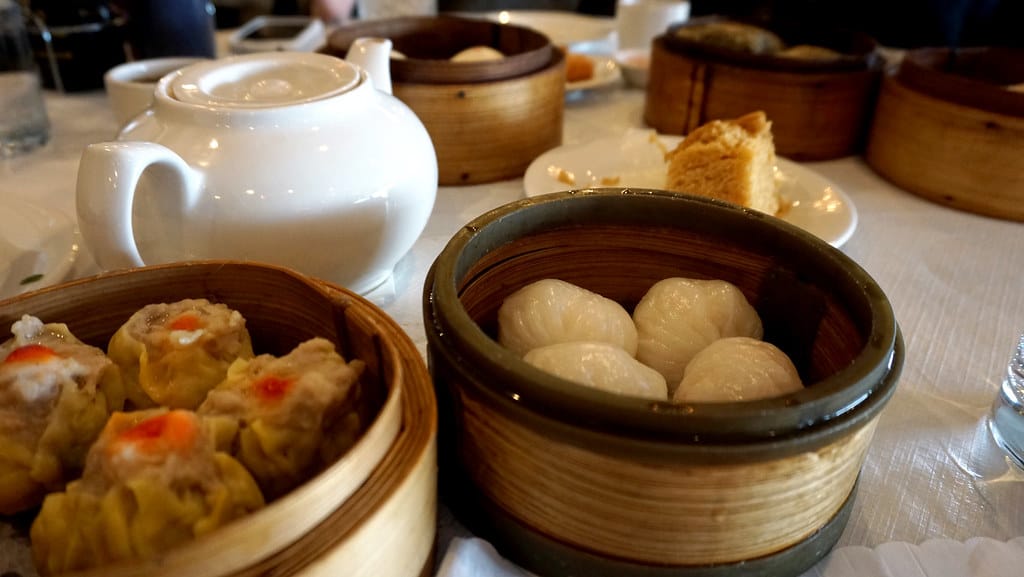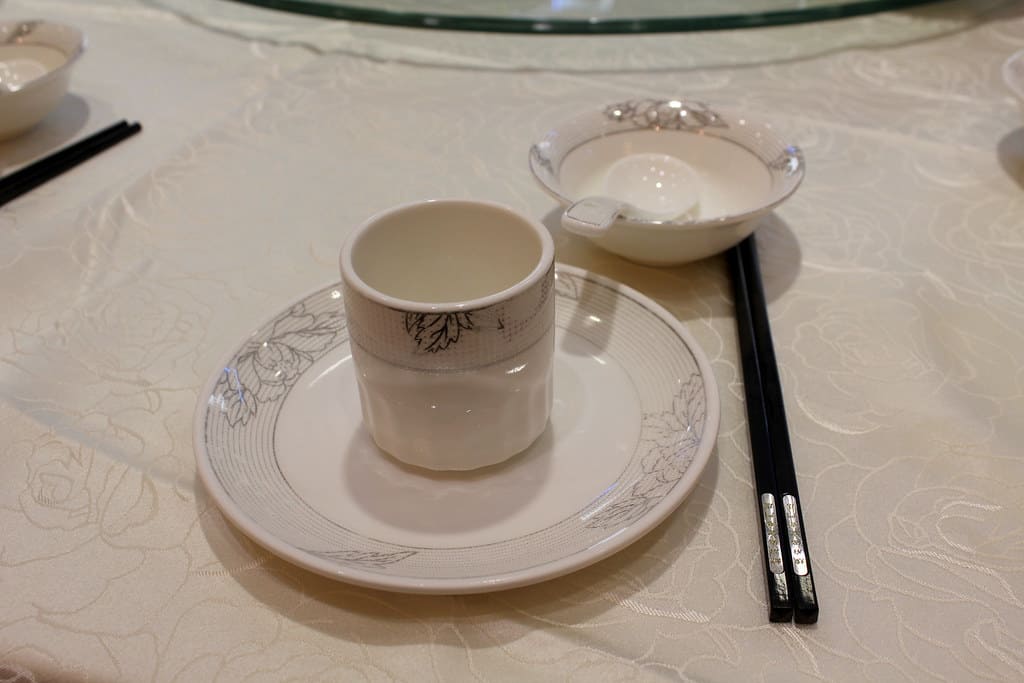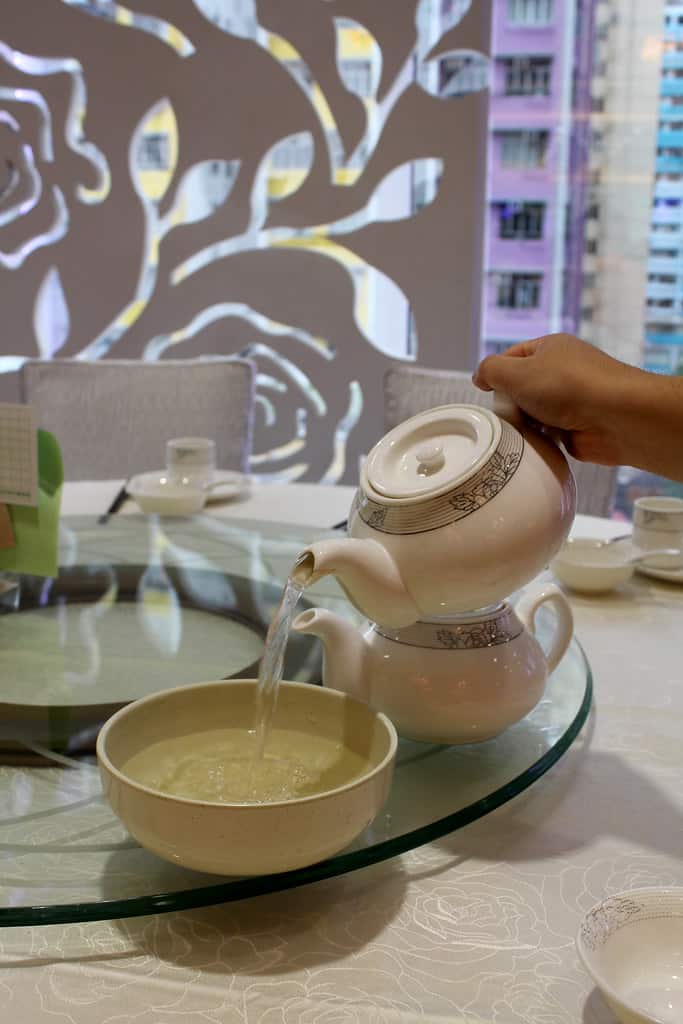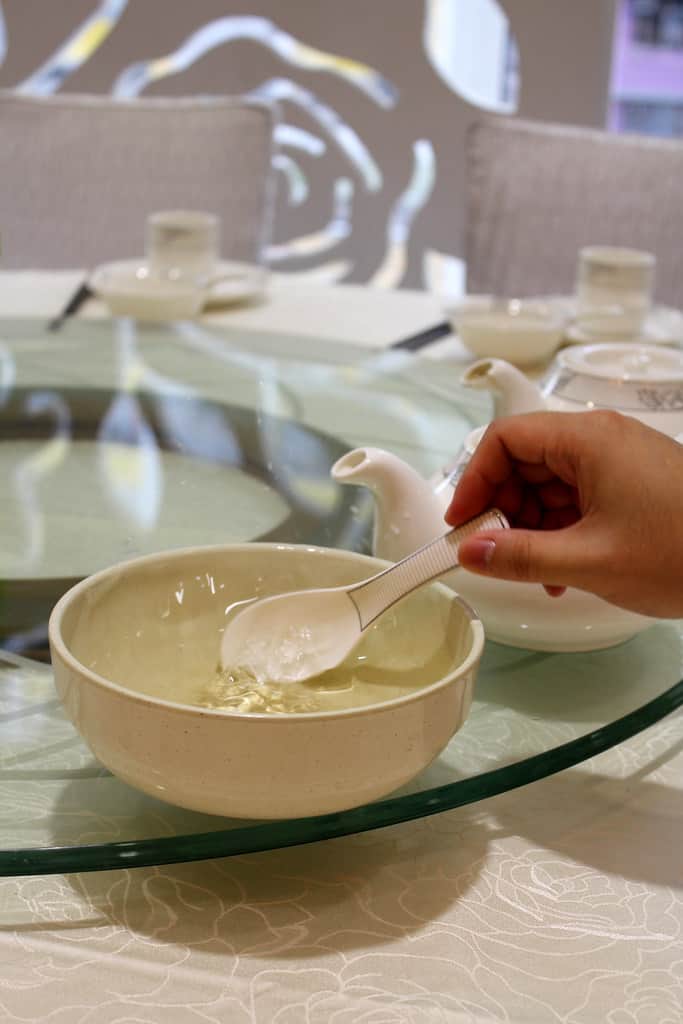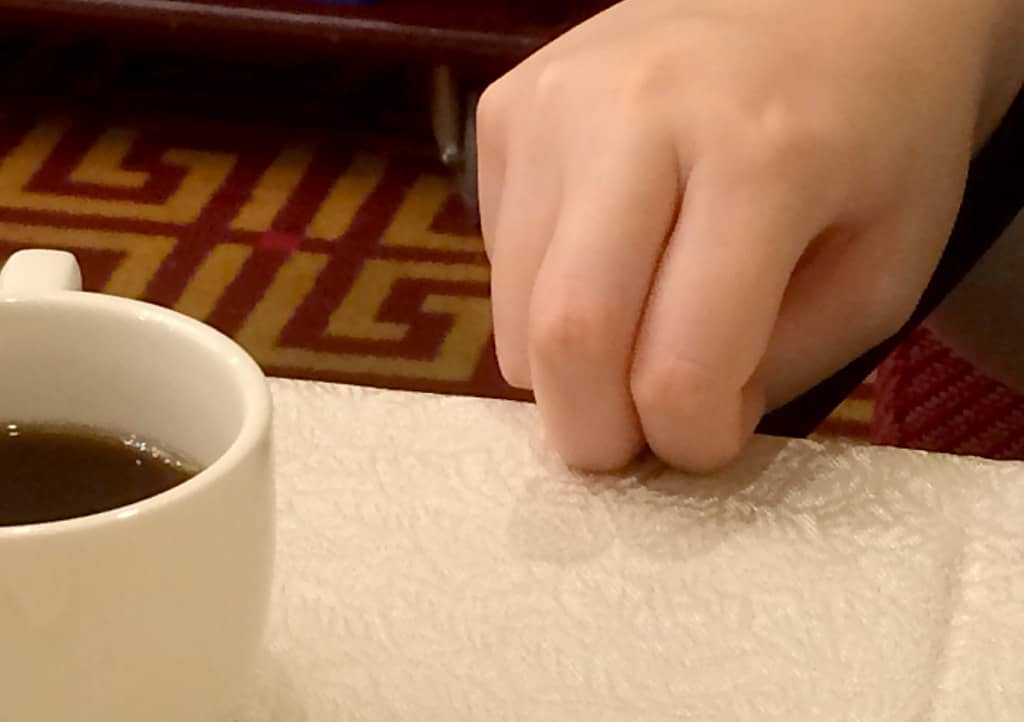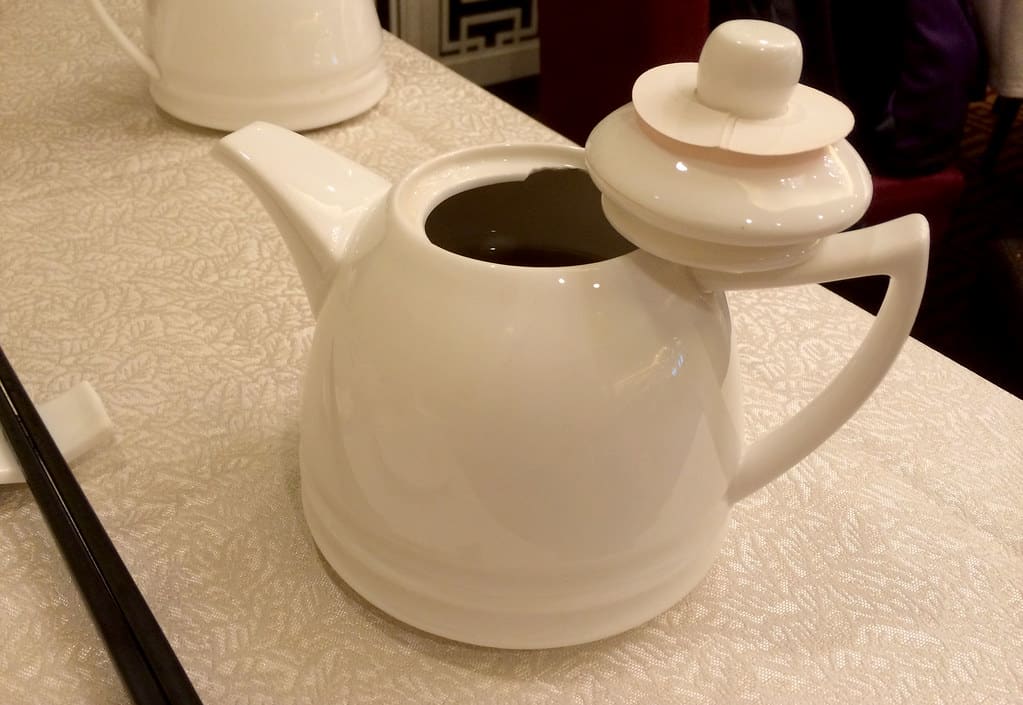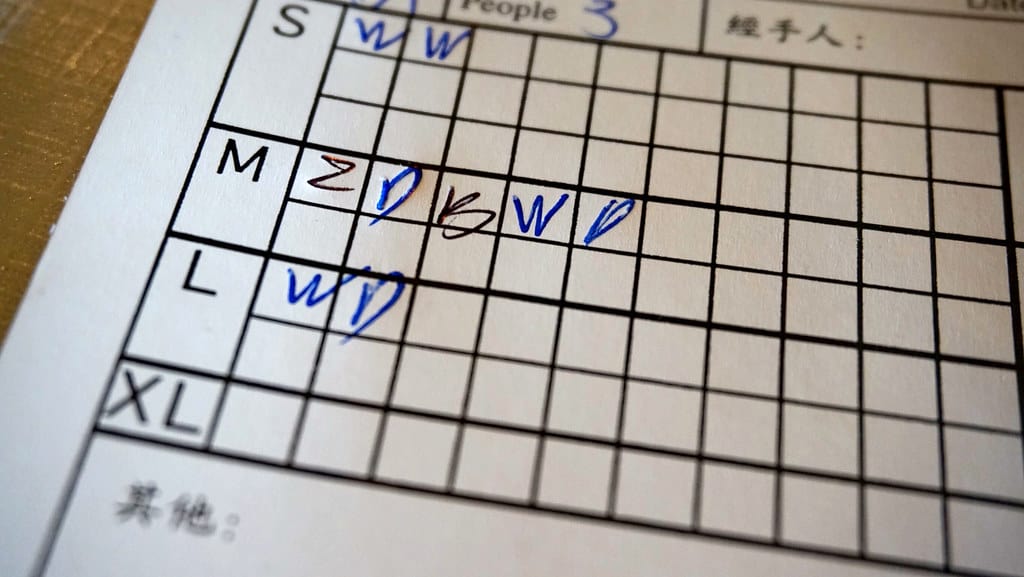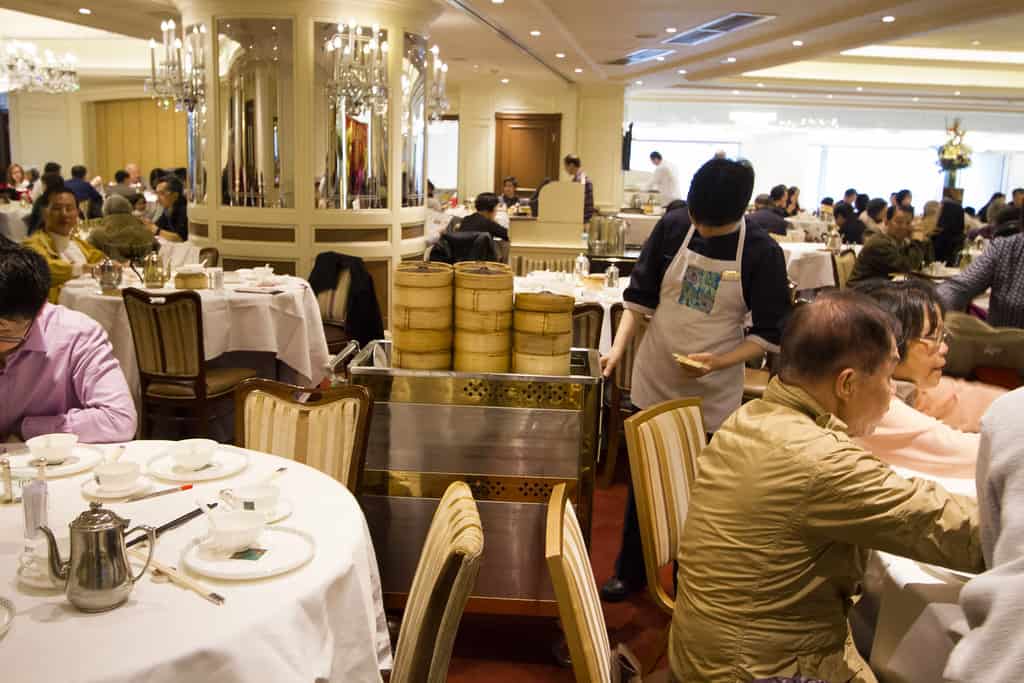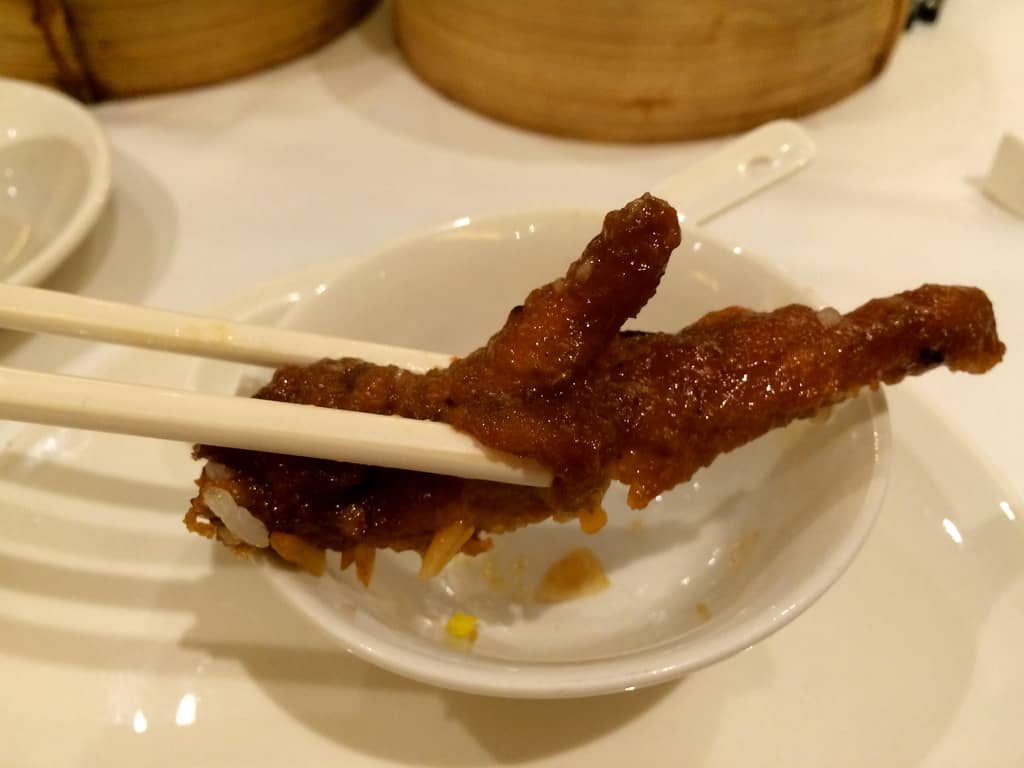Accommodation
DIM SUM ETIQUETTE 101
Monday I showed you guys some of the cutest dim sum dishes ever, so today I thought I’d share a little insight on dim sum and the associated etiquette.
Dim sum isn’t just food, it’s a culture. Meaning “to touch the heart” dim sum (點心) originates with the Cantonese and consists of a variety of dumplings or other steamed goods often in bamboo baskets. Each dish will usually contain 3 or 4 bite-sized servings, so dim sum is meant to be a social event and shared amongst many.
Despite continually calling it “dim sum”, in Chinese, you would never say “let’s go to dim sum”. Instead you are actually going out to yum cha (飲茶) or to “drink tea”, although this doesn’t really translate well in English. This is because dim sum used to be served only as snacks to accompany tea tastings, although now it is seen as a full meal of its own.
If you’ve never been out to yum cha, it can be quite overwhelming, especially for foreigners who don’t have a clue about Chinese culture. So here are some pointers and basic dim sum etiquette for you to keep in mind.
It is common for dim sum to begin being served as early as 5am in many establishments. While some places will stay open until early afternoon or even night time, the price gradually increases every few hours, so if you want to save a few dollars, go early!
Upon being shown to your table, the first step will be to order your tea. The type of tea will vary depending on the establishment, but every place should have at least the three most basic varieties that are:
Chrysanthemum (Gook-Fa) an herbal, flowery tea
Dragonwell (Lung-Jeng) a grassy, green tea
Pu-erh (Bo-Lay) an earthy, black tea — which is my personal favorite.
At your spot on the table you will find a plate, a small bowl, a teacup and your chopsticks on their rest. In the center, which is usually occupied by a Lazy Susan, is where you’ll have a large basin, the food order forms and a teapot of boiling water.
You may notice people carefully pouring the water or tea into the basin and give all of the dishes and chopsticks a wash. Yes everything has been washed beforehand, but often you’ll find bits of food still stuck on it, so it’s best just to give it a quick rinse yourself. Even at high-end establishments (and in those outside of China) many people still do this out of habit.
If there is not basin on the table, simply ask and the wait staff will bring one out to you.
It is customary once the tea arrives to pour for others before you pour your own cup. There are actually a lot of different customs relating to this. Some believe the youngest at the table should pour for all and others believe you should just pour for those sitting next to you. Regardless, just make sure you aren’t pouring your own cup first, and if you see someone’s cup is only half full, pour a little more in for them.
You may notice people around you tapping two bent fingers on the table while tea is being poured for them. This isn’t to be rude or signal the pourer to hurry up; instead, it’s actually a sign of appreciation that dates back to long ago to the era of Chinese dynasties.
It is said the Emperor once wanted to experience common life so he disguised himself and went into the city. It used to be a rule that everyone bowed in the presence of the Emperor, but his companions could not do so without giving him away. While he was pouring tea for everyone, his companions secretly “bowed” to him by tapping 2 bent fingers on the table to represent bended knees.
So it is this tradition of “bowing” that still carries on today, especially during yum cha.
If you run out of tea or hot water (which is often used to water down tea that has been sitting for a while) you do not need to call over a waiter. Simply flip the pot’s lid upside-down or leave it ajar and someone will quickly come by to refill it.
Also, drink as much tea as you’d like and don’t bother paying extra to order things like water or soda. Everyone at the table will be charged a “tea fee” regardless of whether you’re actually drinking tea or not, so make the most of it!
When you’re ready to order food, you’ll need to grab one of the paper forms and a pencil. If something sounds good, simply write the number of how many you want next to it. But remember, each dish usually comes with a few servings to share and you are ordering by dish, not by the number of pieces.
Dishes are divided into different size categories, but this does not reflect how large the dish is. The typical sizes are “small” (小), “medium” (中), “large” (大) and “special” (特). These sizes are simply to distinguish the price, and the smaller the size the cheaper it is.
After your order form is ready to go, hold it up and wave it in the air to grab the attention of a nearby waiter. Unlike in western restaurants, you will most likely be served by many people and won’t have a designated waiter, so it doesn’t matter whom you give it to.
Once they’ve put in your order they’ll put another piece of paper on your table that usually looks like a chart of sorts. It will be usually be divided into sections again based on size and will be stamped each time a dish is brought to your table.
While you’re waiting for your food you may see trolleys stacked high with bamboo steamers and other dishes being pushed around. Nowadays this is quite rare due to lack of space, but they do still exist in some larger establishments.
Feel free to point at any you’d like and the server will hand them to you. Most of the trolleys are labeled, but usually only in Chinese. It is acceptable to lift the lids to see what’s inside.
If you see a cart with something you’d like on the other side of the room, it’s also okay to run across to grab some before it runs out– just make sure to bring your stamp card with you.
When eating, chopsticks are the norm and general chopstick etiquette applies, although at most places you can probably ask for a fork if need be. There will be communal chopsticks or serving spoons on the table, so make sure to always use those rather than the set you eat with unless you’re with close family.
As you pick out your food you will actually place it in the small bowl on your plate and not on the plate itself. The plate is actually for discarding any bones or bits of food you won’t be eating. This is a common mistake often made by westerners and will warrant some pretty funny looks from the locals around you.
Dim sum isn’t meant to have extra sauces or seasonings added as this can be seen offensive to the chef, so just dig in exactly how it was served to you. Also don’t dig around the dish for something in particular you like, and remember not to take the last piece of anything without asking others if they’d like it first!
When it comes time to pay you’ll probably see people trying to quickly grab the stamp card, which needs to be taken to the cashier. Don’t split the bill as this is seen as not polite. Instead offer to pay, but when they refuse, just accept it and offer to pay for another meal at a later date.
Lastly, remember just to bring a bunch of people and have fun. If something sounds weird or doesn’t look that appealing, be sure to order it and you might just be surprised! If worse comes to worse and you don’t like it, but it’s all small portions anyhow so you can just try something else.
So be observant, be open-minded and be ready for a loud, yet delicious culinary adventure!

